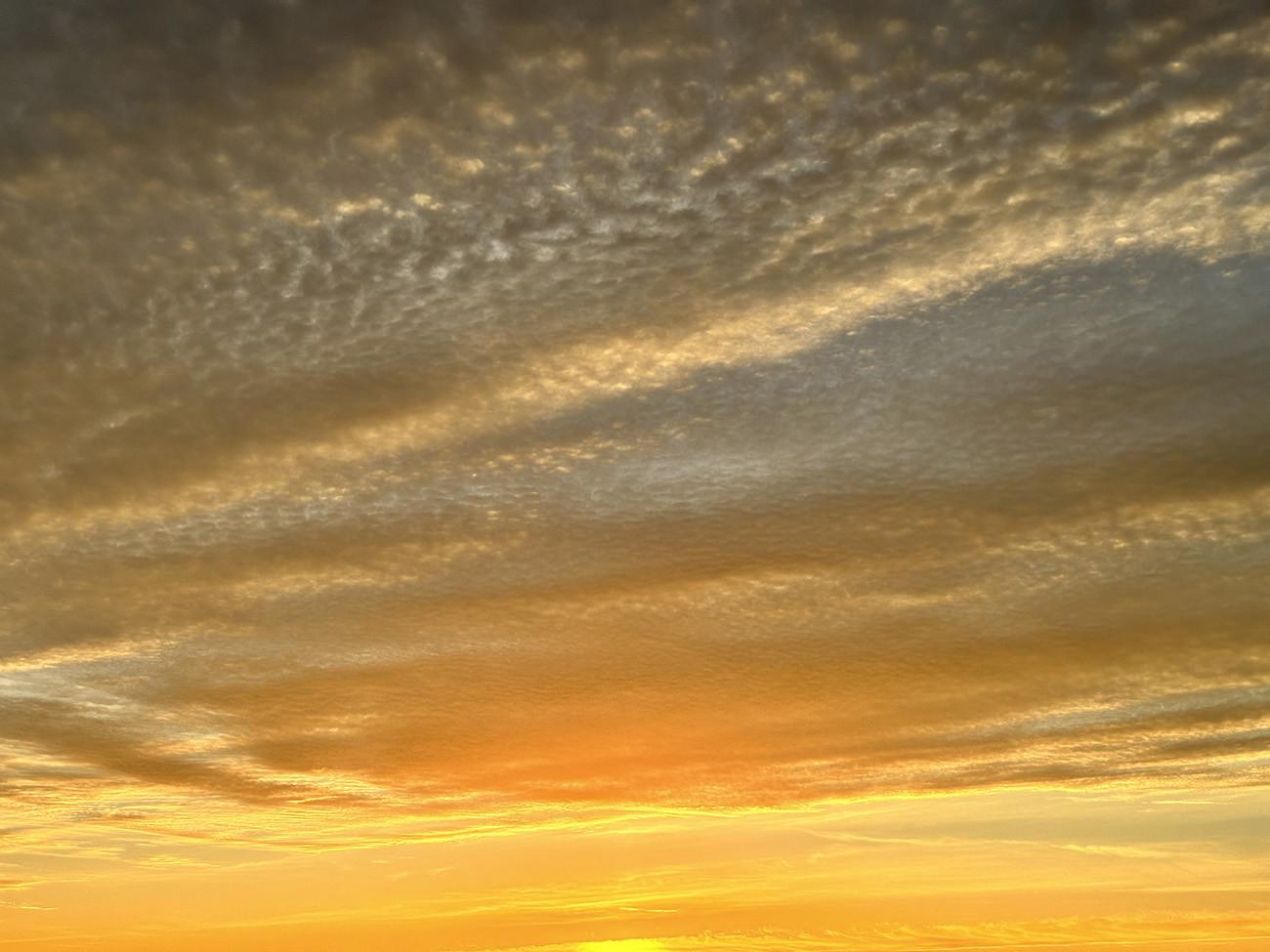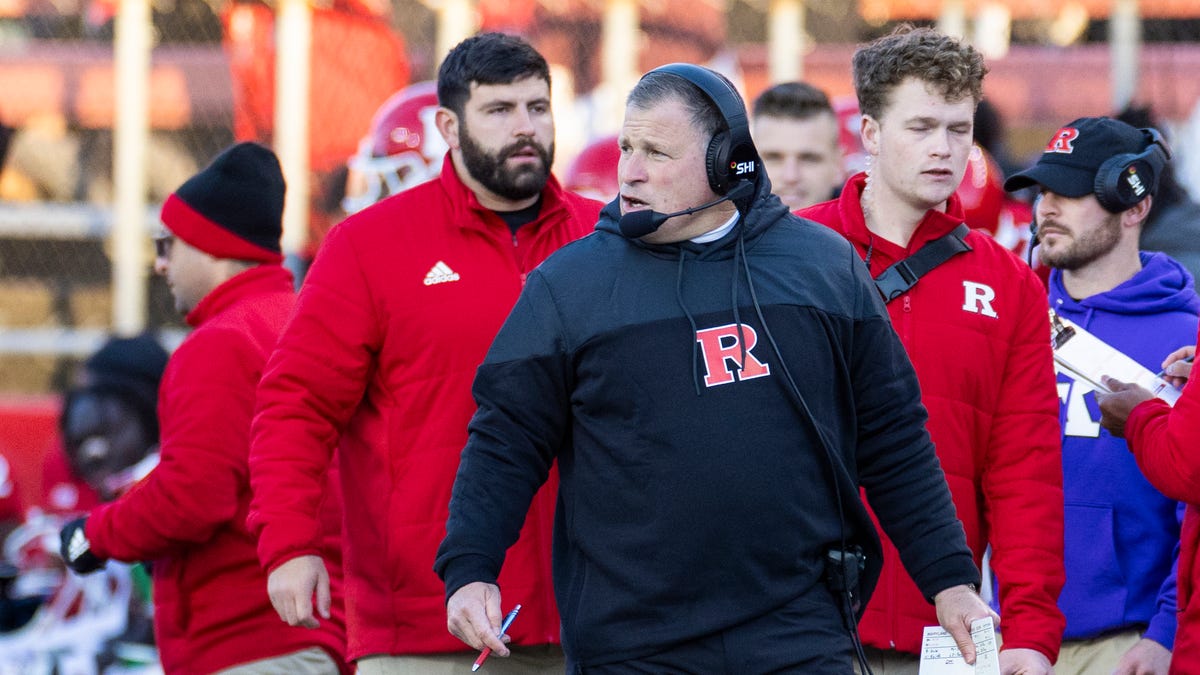2023 Art Basel Miami and Miami Art Week with CYJO, A Journal, Part 1
Cindy CYJO followed Art Basel Miami & Miami Art Week which just ended.
Here are her impressions!
Wednesday, Dec 6th, 2023
The sunrise spilled its Turneresque hues over the clouds, painting a captivating canvas of moving colors and patterns, a prelude to the diverse artistic encounters to come. Despite a crisp 62 degrees Fahrenheit, uncharacteristically cold for Miami, the city pulsed with warmth from international visitors and locals converging for a week-long celebration of the arts. This collective embrace provided a respite from the shadows of political conflict and ongoing wars, reverberating globally like an unforeseen earthquake. Amidst the bustle of communal activities, Miami, already heated by anticipation, became a hub for creative exploration. Image 1
There were some gems at the Miami Beach Convention Center.
- Edwynn Houk Gallery – Christian Houk shares some highlights from his.
Christian: The gallery, based in New York, started in 1980 with Edwynn Houk. He specialized in vintage photography between the wars, during the golden era of photography. And now we do about 50/50 vintage and contemporary. This year, we’ve chosen to highlight a lot of our vintage masterpieces.
We have this oversized exhibition print by Margaret Bourke-White which symbolizes American modernism. She was commissioned to do a project in New York City on the new skyscrapers going up and saw that the gargoyles on the Chrysler building were to be made entirely of steel which, to her, was a symbol of modernity. When she saw the gargoyles, she decided to have her studio there, which ended up being located on the top floor. There are also existing portraits of her standing in this scene photographing the city from the gargoyle. Image 2
We also have our Alfred Stieglitz which was the first departure and introduction to modernism showing what a camera can do and how camera photography is unique. He pushed the limits on technical perfection and also showed the steam engine coming into New York expressing “This is now what man has achieved. And this (industrialization) is the direction we are going into.” This is a very early exhibition print printed circa 1920. Image 3
One of my favorites is our rayograph by Man Ray. Photograms have become synonymous with Man Ray and Laszlo Moholy-Nagy. And you don’t encounter that many, especially not in this condition. So this kind of juxtaposition of this pairing is so surrealist, where there’s a formal relationship between the objects. But the actual objects are placed in different times. Different exposures were made allowing for different layers to be seen. Its dreamlike quality ushers in this surrealist idea. Image 4
For contemporary work, we have the artist Jessica Wynne. She’s a professor of photography at FIT, and for her most recent series is where she’s been traveling around the world photographing leading mathematicians’ chalkboards. The title of the series is called “Do Not Erase” after the fact that any time a mathematician leaves the room, they want to make sure no one is erasing their work. And the work is a meditation on the human need to create thought and express thought through marks, as mathematics seems the purest, clearest distillation of thought. Image 5
Continuing with contemporary photographs, we have Mathew Pillsbury’s “La Salle des États, Le Louvre” made in 2008. He works with long exposures, And this is one of my favorites because it’s articulating what is really enduring and lasting will be the artwork, the architecture and the culture whereas our existence is almost fleeting. Image 6
- Marian Goodman Gallery – Rose Lord shared Rineke Dijkstra’s Group Portraits
Rose: These are Rineke Dijkstra’s portraits from her iconic beach portrait series she first made in the early 1990’s. They were originally conceived as individual portraits. A few years ago, she had a hip replacement which gave her time at home to go through her archive. When she initially made the photographs, she concentrated on solitary figures. So, she was fascinated to find that she had made several group portraits but never printed them. She became really interested in the dynamic between the figures. Our show in New York City right now titled “Rineke Dijkstra: Night Watching and Pictures from the Archive” includes these portraits and her other group portraits. Her video, “Night Watching” is also exhibited, a video installation that features 14 groups of people observing and speaking in front of Rembrandt’s iconic painting The Night Watch (1642). Image 7,8
Leaving those two powerful group portraits made me think about my own explorations analyzing group portraiture within the Mixed Blood series. It felt like a natural progression from KYOPO which focused on the individual portrait. And Mixed Blood, was partly an attempt to explore family portraits and their ability to simultaneously hold distinct individual expressions.
- Galerie Lelong & – Director Katherine Chan shared the work of Ana Mendieta and Alfredo Jaar.
Katherine: In this early, performative action from 1973, Ana Mendieta inserts the stems of flowers into her clothing one by one until her face is obscured. Created in Iowa, this work foreshadows Imágen de Yágul, one of Mendieta’s most well-known photographs taken in Mexico the same year, in which she instead covers her body with flowers. Image 9
“A Logo for America” is Alfredo Jaar’s most iconic work, originally presented in 1987 on a Spectacolor billboard in New York’s Time Square as part of the Public Art Fund’s Messages to the Public program. With this work, Jaar challenges the use of the word “America” to describe the United States when in fact it describes both North and South America. Since then, Jaar has used lights to convey urgent messages in the hopes of “illuminating” viewers. The photograph we are presenting at Art Basel Miami Beach documents a presentation of A Logo on a barge floating near Miami Beach as part of the Faena Festival in December 2018. Image 10
What a coincidence and honor to be a part of like minds during this time in regards to the medium of expression in Miami. “SOS”, a work by thecreativedestruction, an art collaborative with myself and Timothy Archambault, also used a barge for our video work. It was shared during Art Basel Miami in 2017 in response to the environmental changes we were discovering during that time. As fairly new residents to Miami back then, we were learning about the changing water compositions, king tides, flooding, porous foundation and the changing cultural shifts within certain groups of people.
- Gallery Hyundai.
However, Seung-Taek Lee’s Earth Play (1990’s) was echoing environmental concerns decades ago. His huge, inflated balloon painted with a satellite image of the earth towered in the Meridians section. This ball travelled as an interactive piece to Korea, China, Germany, the UK and the US, bringing our planet’s deterioration into the public’s focus. Photographic documentation of its travels hung on the wall nearby. This work was created in response to the growing environmental issues that came from the rapid industrialization South Korea was experiencing after the Korean War, and it resonates so strongly today. Image 11, 12
The second work was a series of 3 narrative portraits by an artist duo. Joseph Fungsang shared their work.
Joseph: These works are by a female and male artist duo called Moon & Jeon comprised of two artists Moon Kyungwon & Jeon Joonho. They’ve been collaborating together since 2009 on multiple projects which includes their main one called “News from Nowhere”, a multi-media installation that includes video, lecture and performance. But this particular series we’re looking at is a photographic series called “Freedom Village” (2017-2021). It’s based on an existing village that lies right by the 38th parallel division line of North and South Korea. It’s located on the South Korean side, but it’s not governed by South Korea. It’s a neutral zone like at the UN. It used to be called Korean village, but it’s now called Daesung. It’s a village with a limited population, curfews and identity checks. There’s an application process where approval is needed to live there. But if a female marries a male that’s not part of the village, she has to move out. And if a male from outside the village marries a resident of this village, he is permitted to move in. The artists were interested in learning more about this village that seemed like a mystery, as it isn’t talked about much. So, they did research at the National archives and found images. Although they were able to access and scan the images, they weren’t allowed to go into the village or meet any of the residents. This led to their imagined village where they altered these archival images and created narratives in a playful way. Image 13
This work spoke to the times because of the growing interest many people have to learn more about their histories and surroundings. It made me think about those pockets of not knowing, and how some people navigate life creating narratives to fill in those missing pieces. Also, the proliferation of shaped and edited images and narratives to present their “best” selves came to mind, as well as the mythologies that some countries embrace to create communal cohesion, which then become a “reality” in its context.
About the writer: CYJO is a Korean American artist based in Miami whose work, since 2004, focuses on identity of person and place, exploring existing constructions of culture and categorizations. She is also co-founder of thecreativedestruction, an art collaborative with Timothy Archambault, and is a long-time contributor to L’oeil de la Photographie.
www.cyjostudio.com
@cyjostudio



